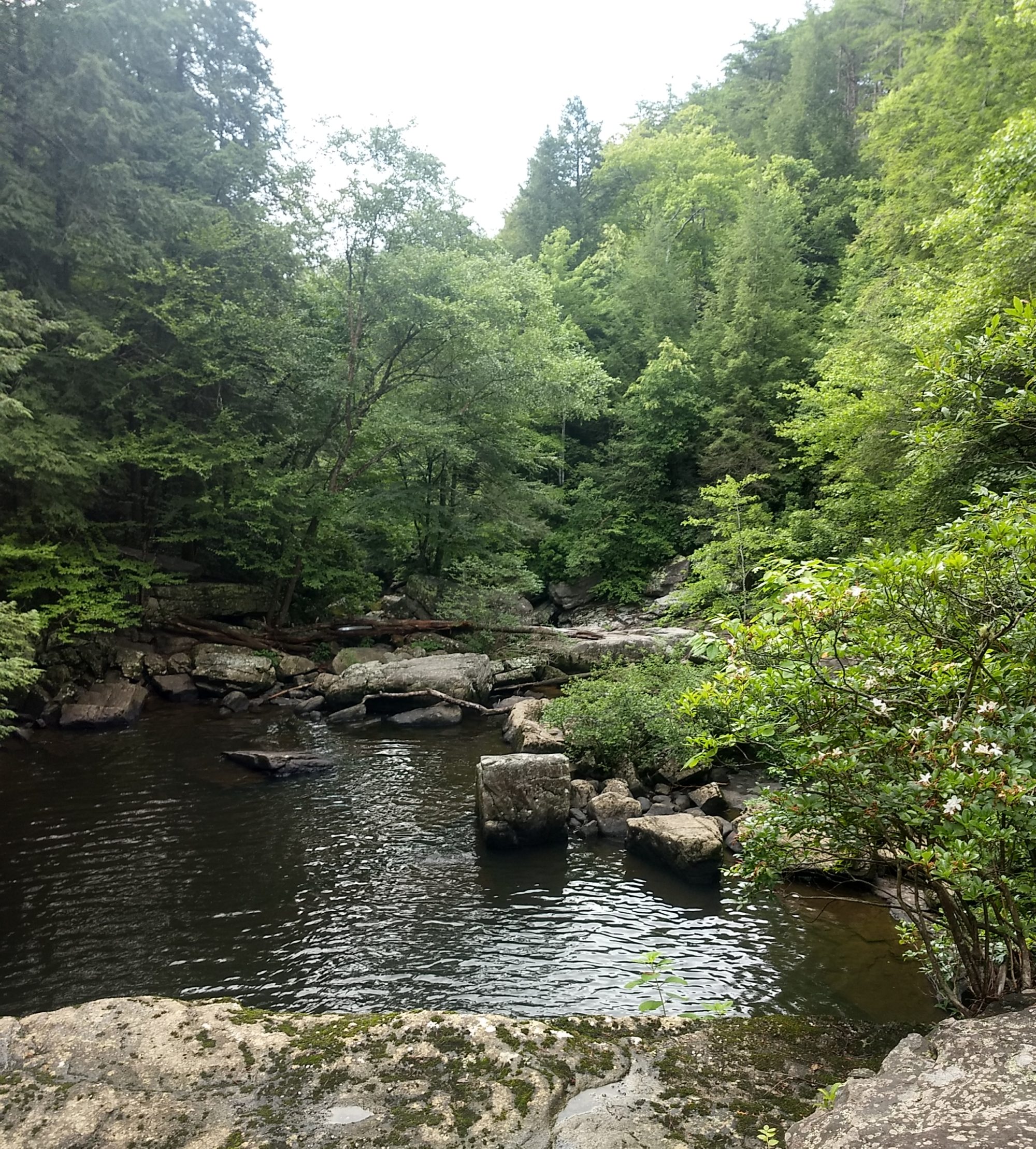When I left you before, we were bouncing along in a wagon going out to a cotton field to “hoe cotton”. Sounds exciting, doesn’t it? Well, believe it or not, it was a happy time for me. The fresh air, the blossoming flowers, butterflies flitting from flower to flower, birds singing or hopping around in search of nice juicy worms or berries…the world all around me…it was mine, and I was a part of it. Today it would take many pages to teach children all the things that I absorbed from my environment, and they would miss the most wondrous part of all…. the feel of it!
The words in a book can’t make the sweet sounds of the songbirds or the harsher cries of bluejays and crows. They can’t cause the mind to imagine what kind of poor creature is lying dead over there in the woods where the buzzards are circling around. We could feel sympathy for the farmer until he knew it wasn’t a valuable cow, calf, horse, pony, or pig. We could be saddened by the fact of death, but it was accepted as the nature of things. Words can not bring to one’s nostrils the smell of sweetbriers, honeysuckle or clover, nor can they create a true visualization of trumpet vines blooming on the fences with hummingbirds and bees darting in and out of their long red throats.
Butterfly bushes with their bright orange blooms attract beautiful butterflies. My mother tried unsuccessfully to transplant some of them from their wild environment to a tame one among her zinnias, marigolds, and petunias. The increase of butterflies coming to Mother’s garden would have thrilled her, but the Creator must have placed those plants just where they were needed for nature’s work to continue as from the beginning.
There were so many things to learn on the way to the cotton patch. Chopping cotton seemed secondary (or somewhere else farther down the line) to all the other things that needed to be tended to or thought about. Shame vines had to be touched so that we could watch their leaves close up in shame! Crawling weeds had to be checked out to see if they really would crawl up a leg. Raincrows, with their deep haunting cries, gave hope of cooling showers and a short reprieve from the task at hand.
Eventually, we arrived at one end of a field of beautiful green and healthy cotton plants, and the time had come to bow our necks, our backs, and our spirits to some hard, physical labor. With our hoes in hand, we set about to “thin” the cotton plants so that only 2 or 3 stalks stood on a hill together. There would be more nourishment for the remaining plants and they would grow stronger and taller in the sunny field. A hoe’s width was just about right to give them the space they needed, and of course, all the weeds in between came out as that chop was made to thin the plants. That wasn’t such a bad deal….two important things accomplished with one chop of the hoe! There were other weeds, however, that the hoe didn’t get with that stroke, so they had to be dealt with wherever they were. It was rather easy in the rich, loose and loamy kind of soil, but in hard, rocky ground the hoe bounced around and wouldn’t do its job without an additional application of “elbow grease”.
Lastly, a nice hill of dirt was formed around the base of the little group of plants, and then there was a new group to help just a hoe blade away. We seldom, if ever, thought it unfair that our short legs had to make so many more steps than the bigger folks or that our smaller muscles had to strain more at making the chops count. After all, we were needed….we were contributing to the family welfare….we belonged…..and we would be paid!

This is the second in a series of articles designed to acquaint our young folks to the simple, yet richly rewarding era of their ancestors, whose strivings were not so much in order to gain things as they were in order to live.

